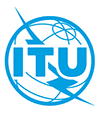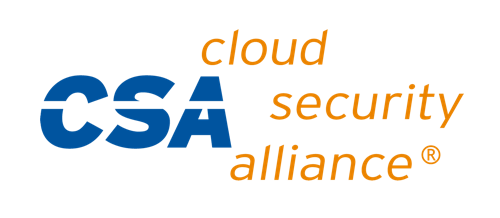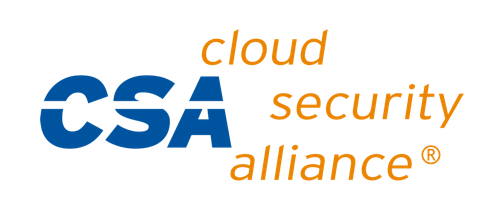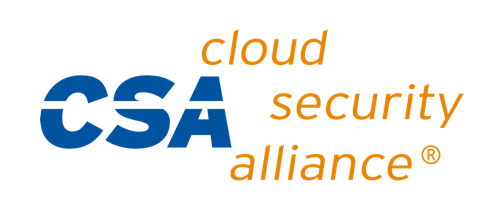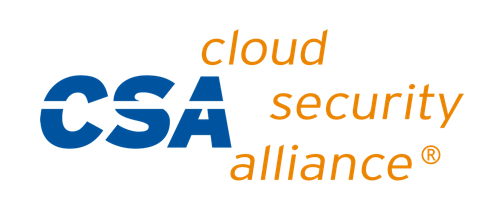Cloud computing is a model for enabling convenient, on-demand network access to a shared pool of configurable computing resources (e.g., networks, servers, storage, applications, and services) that can be rapidly provisioned and released with minimal management effort or service provider interaction. This cloud model promotes availability and is composed of five essential characteristics (On-demand self-service, Broad network access, Resource pooling, Rapid elasticity, Measured Service); three service models (Cloud Software as a Service (SaaS), Cloud Platform as a Service (PaaS), Cloud Infrastructure as a Service (IaaS)); and, four deployment models (Private cloud, Community cloud, Public cloud, Hybrid cloud). Key enabling technologies include: (1) fast wide-area networks, (2) powerful, inexpensive server computers, and (3) high-performance virtualization for commodity hardware.
The Cloud Computing model offers the promise of massive cost savings combined with increased IT agility. It is considered critical that government and industry begin adoption of this technology in response to difficult economic constraints. However, cloud computing technology challenges many traditional approaches to datacenter and enterprise application design and management. Cloud computing is currently being used; however, security, interoperability, and portability are cited as major barriers to broader adoption.
The long term goal is to provide thought leadership and guidance around the cloud computing paradigm to catalyze its use within industry and government. NIST aims to shorten the adoption cycle, which will enable near-term cost savings and increased ability to quickly create and deploy enterprise applications. NIST aims to foster cloud computing systems and practices that support interoperability, portability, and security requirements that are appropriate and achievable for important usage scenarios.
